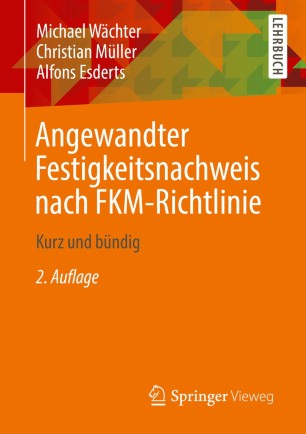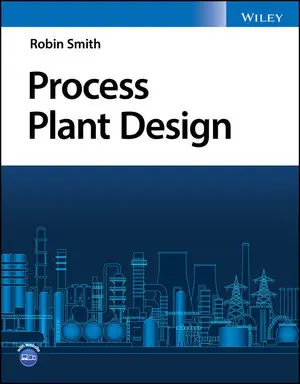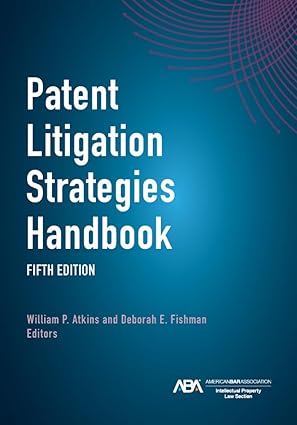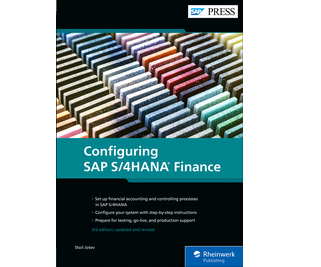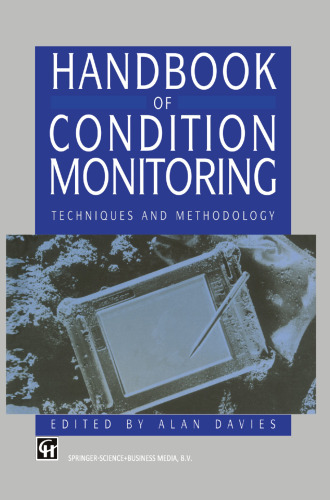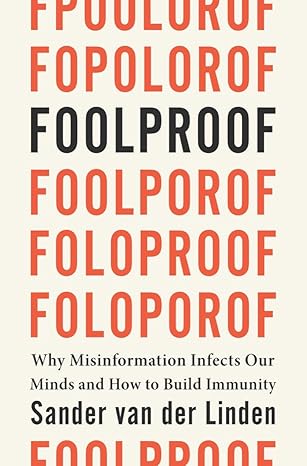When is it IPM? At the peak of the popularity of the co-evolutionary theory, Daniel Janzen wrote a paper titled ‘When is it co-evolution?’ (Janzen, 1980). The theory had been proposed by Ehrlich and Raven (1964) and immediately caught the interest of ecologists, evolutionary biologists, entomologists and other biologists who studied interspecies interactions. The paper has been cited in over 800 books and scientifi c publications. It soon became apparent that the theory was being misapplied to many species interactions that were not necessarily co-evolved. Hence the need for Janzen’s attempt to defi ne the criteria whereby a plant/herbivore system was considered co-evolved. Paraphrasing Janzen, it seems pertinent to question ‘When is it IPM?’. The expression ‘integrated pest management’ has been used in the English language technical and popular literature since at least 1968 (Kogan, 1998). Over time, the expression slowly seems to have lost the unique conceptual content intended by its early proponents. Often, the term ‘integrated’ was dropped and ‘pest management’ began to be used as synonymous with ‘pest control’. Consequently, any action taken to reduce a pest problem was called ‘pest management’, even if it meant simply the application of a pesticide on a preset schedule. Two main criticisms arose regarding the IPM expression. First, plant pathologists and weed scientists resented the entomological bias in most of the early IPM literature. To these critics, IPM came to mean ‘insect pest management’. Second, the increasing use of techniques developed under the aegis of IPM, such as weather-driven models for predicting plant disease and insect population events to refi ne and optimize the use of pesticides, led to an impression that pesticides were central to IPM; in this context, IPM became ‘integrated pesticide management’. Aiming to restore the integrity of the IPM concept, new terms were coined, or new expressions
چکیده فارسی
چه زمانی IPM است؟ در اوج محبوبیت نظریه هم تکاملی، دانیل جانزن مقاله ای با عنوان "چه زمانی تکامل مشترک است؟" نوشت (جانزن، 1980). این نظریه توسط ارلیش و ریون (1964) ارائه شده بود و بلافاصله مورد توجه بوم شناسان، زیست شناسان تکاملی، حشره شناسان و سایر زیست شناسانی قرار گرفت که برهمکنش های بین گونه ای را مطالعه می کردند. این مقاله در بیش از 800 کتاب و انتشارات علمی ذکر شده است. به زودی آشکار شد که این تئوری در مورد بسیاری از فعل و انفعالات گونه ها که لزوماً به صورت مشترک تکامل نیافته بودند، به اشتباه اعمال می شد. از این رو نیاز به تلاش یانزن برای تعریف معیارهایی است که به موجب آن یک سیستم گیاهی/گیاهخوار تکامل یافته در نظر گرفته می شود. با تعبیر Janzen، به نظر میرسد که سوال «چه زمانی IPM است؟» مناسب است. عبارت "مدیریت تلفیقی آفات" حداقل از سال 1968 در ادبیات فنی و رایج زبان انگلیسی استفاده شده است (کوگان، 1998). با گذشت زمان، به نظر می رسد این عبارت به آرامی محتوای مفهومی منحصر به فرد مورد نظر طرفداران اولیه خود را از دست داده است. اغلب، اصطلاح "یکپارچه" کنار گذاشته می شد و "مدیریت آفات" به عنوان مترادف با "کنترل آفات" استفاده می شد. در نتیجه، هر اقدامی که برای کاهش مشکل آفت انجام شود، «مدیریت آفات» نامیده میشود، حتی اگر به معنای استفاده ساده از یک آفتکش در یک برنامه از پیش تعیین شده باشد. دو انتقاد اصلی در مورد بیان IPM مطرح شد. اول، آسیب شناسان گیاهی و دانشمندان علف های هرز از تعصب حشره شناختی در بیشتر ادبیات اولیه IPM ناراحت بودند. برای این منتقدان، IPM به معنای "مدیریت آفات حشرات" بود. دوم، استفاده روزافزون از تکنیکهای توسعهیافته تحت حمایت IPM، مانند مدلهای مبتنی بر آب و هوا برای پیشبینی بیماریهای گیاهی و رویدادهای جمعیت حشرات برای اصلاح و بهینهسازی استفاده از آفتکشها، منجر به این تصور شد که آفتکشها محور اصلی IPM هستند. در این زمینه، IPM به "مدیریت یکپارچه آفت کش ها" تبدیل شد. با هدف بازگرداندن یکپارچگی مفهوم IPM، اصطلاحات جدید یا عبارات جدیدی ابداع شد
ادامه ...
بستن ...

